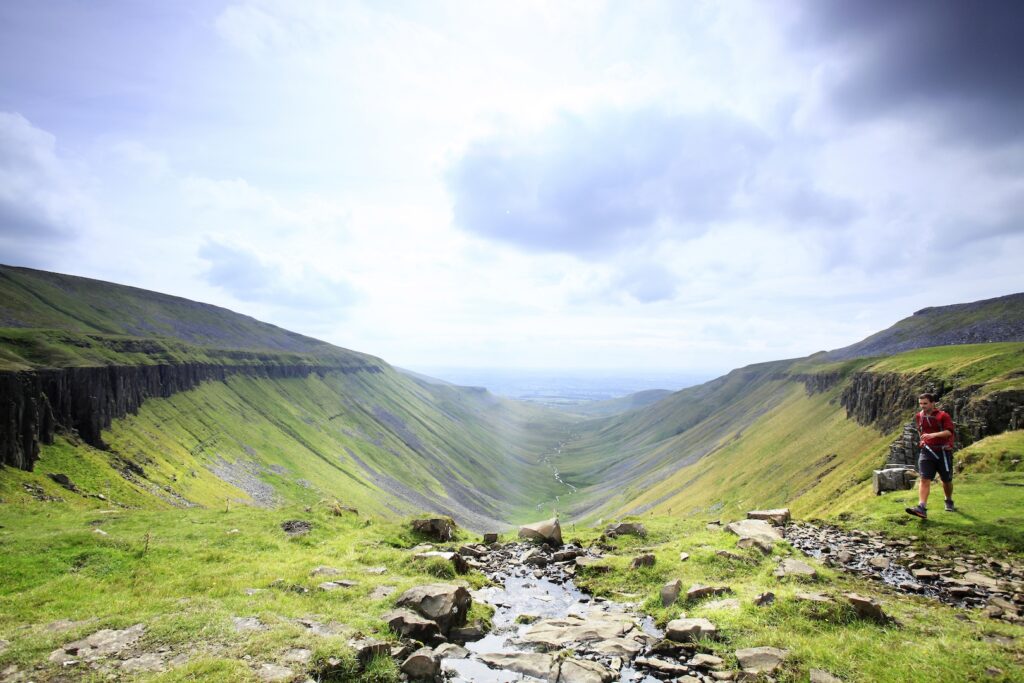The High Peaks of the Peak District: Hiking Adventure
Nestled in the heart of England, the Peak District National Park is a haven for outdoor enthusiasts and nature lovers. Known for its stunning landscapes, the High Peaks area offers some of the most breathtaking hiking trails in the country. Whether you’re a seasoned hiker or a casual walker, the High Peaks promise an unforgettable adventure filled with panoramic views, diverse wildlife, and a touch of history.
What to See
The High Peaks are renowned for their dramatic scenery, featuring rugged hills, deep valleys, and expansive moorlands. One of the most popular trails is the Kinder Scout, the highest point in the Peak District, offering sweeping views of the surrounding countryside. The hike to the summit is challenging but rewarding, with highlights including the stunning Kinder Downfall, a waterfall that can be particularly impressive after heavy rain.
Another must-see is Mam Tor, also known as the “Shivering Mountain.” This iconic hill offers a relatively easy climb and provides spectacular views of the Edale Valley and the Hope Valley. The Great Ridge walk, which connects Mam Tor to Lose Hill, is a favorite among hikers for its breathtaking vistas.
For those interested in geology, the High Peaks are a treasure trove. The area is dotted with limestone caves and formations, such as the Blue John Cavern, where you can explore underground wonders and learn about the unique Blue John stone.
A Bit of History and Interesting Facts
The Peak District holds a significant place in British history, particularly in the realm of conservation. It was the site of the famous 1932 Mass Trespass on Kinder Scout, a pivotal event in the campaign for public access to the countryside, which eventually led to the establishment of national parks in the UK.
The area is also rich in industrial history, with remnants of old mills and quarries scattered throughout the landscape. The High Peaks were once a hub for lead mining, and you can still see evidence of this past in the form of old mine shafts and spoil heaps.
An interesting fact about the High Peaks is their diverse wildlife. The area is home to a variety of bird species, including the elusive golden plover and the majestic peregrine falcon. The moorlands are also a habitat for red deer and mountain hares, making it a great spot for wildlife enthusiasts.
How to Get There and Tips for First-Time Visitors
The High Peaks are easily accessible from major cities like Manchester and Sheffield. By car, you can reach the area via the A57 or A6, with several parking options available near popular trailheads. If you prefer public transport, regular train services run to nearby towns such as Edale and Hope, from where you can start your hiking adventure.
For first-time visitors, it’s important to come prepared. The weather in the Peak District can be unpredictable, so pack layers and waterproof clothing. Good hiking boots are essential, as some trails can be steep and rocky. It’s also a good idea to carry a map and compass, as mobile reception can be patchy in some areas.
Consider starting your hike early in the day to avoid crowds, especially during weekends and holidays. And don’t forget to bring plenty of water and snacks to keep your energy up during your trek.
The High Peaks of the Peak District offer a perfect blend of natural beauty, history, and adventure. Whether you’re there for a day or a week, the memories you make will last a lifetime.








